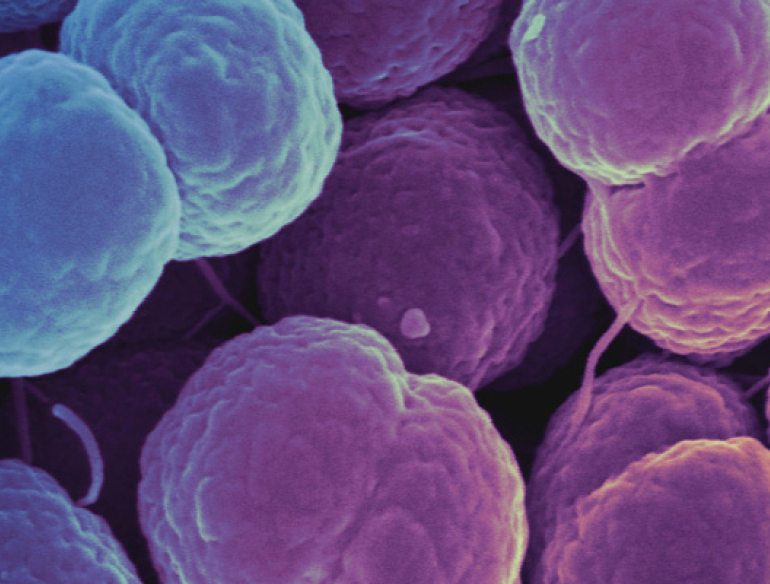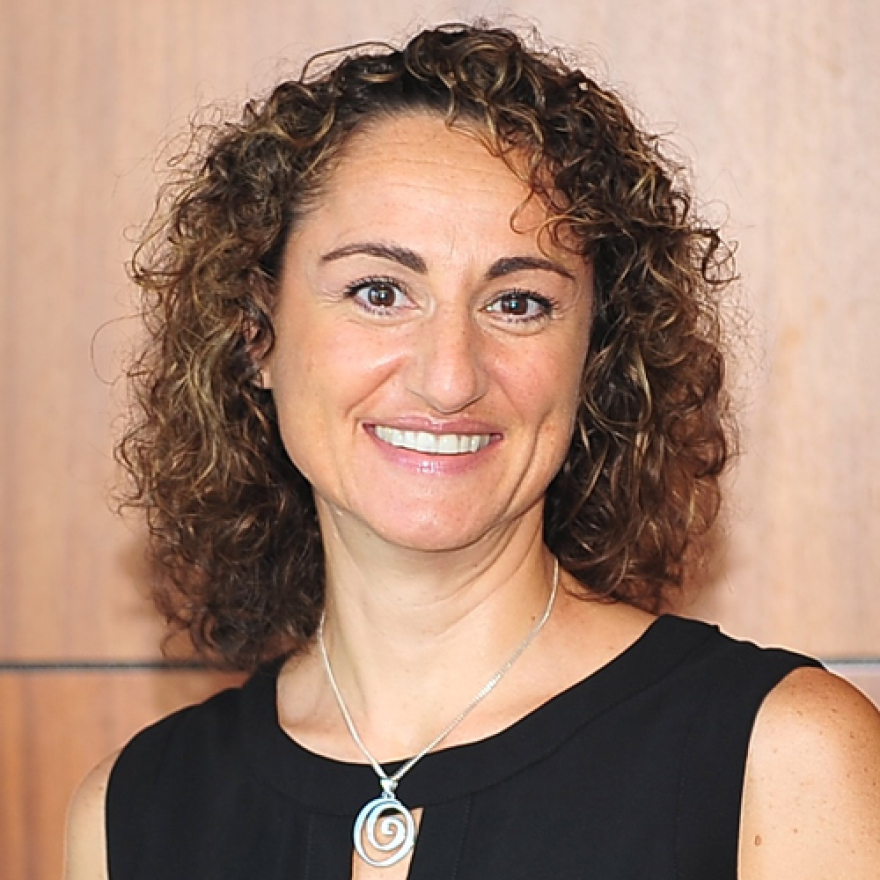Antimicrobial Resistance (AMR) is one of the most significant public health threats the world is currently facing. We are all vulnerable to drug-resistant infections. It is estimated that without action, by 2050 AMR will cause 10 million deaths per year globally.
If we do not control the increase of AMR, we will return to a time where many infections become untreatable, surgery becomes inherently risky and infections and injuries that are currently treatable will once again cause death.
The AMR Hub will take on the critical and urgent challenge of AMR by bringing together molecular, genetic, and pharmaceutical scientists, diagnostic technology companies, health economists, mathematical modellers, social scientists, and epidemiologists to work with the community to develop an array of diagnostic, therapeutic, and stewardship solutions to AMR.
The AMR Hub will take on the critical and urgent challenge of AMR by bringing together molecular, genetic, and pharmaceutical scientists, diagnostic technology companies, health economists, mathematical modellers, social scientists, and epidemiologists to work with the community to develop an array of diagnostic, therapeutic, and stewardship solutions to AMR.
A goal of the Hub is to support the development of new molecular diagnostic technology, improve the processes for identifying potential antibiotic compounds and assess and advise on antimicrobial stewardship with a vision to transform social and health outcomes globally.
University of New South Wales; University of Queensland; Monash University; University of Technology Sydney; University of Melbourne; University of Sydney; SpeeDx Pty Ltd; Cepheid Australia; Opal Biosciences Ltd; Global Development Antibiotic Development Partnership (GARDP); Foundation of Innovative New Diagnostics (FIND); Central and Eastern Sydney Primary; Health Network (CESPHN); Western Sydney Local Health District (WSLHD); Sydney Sexual Health Centre (SESLHD); NSW Health Pathology; Papua New Guinea Institute of Medical Research; Alfred Health; Institute of HIV Research and Innovation Foundation; Victorian Infectious Diseases Reference Laboratory.
Australian Research Council

